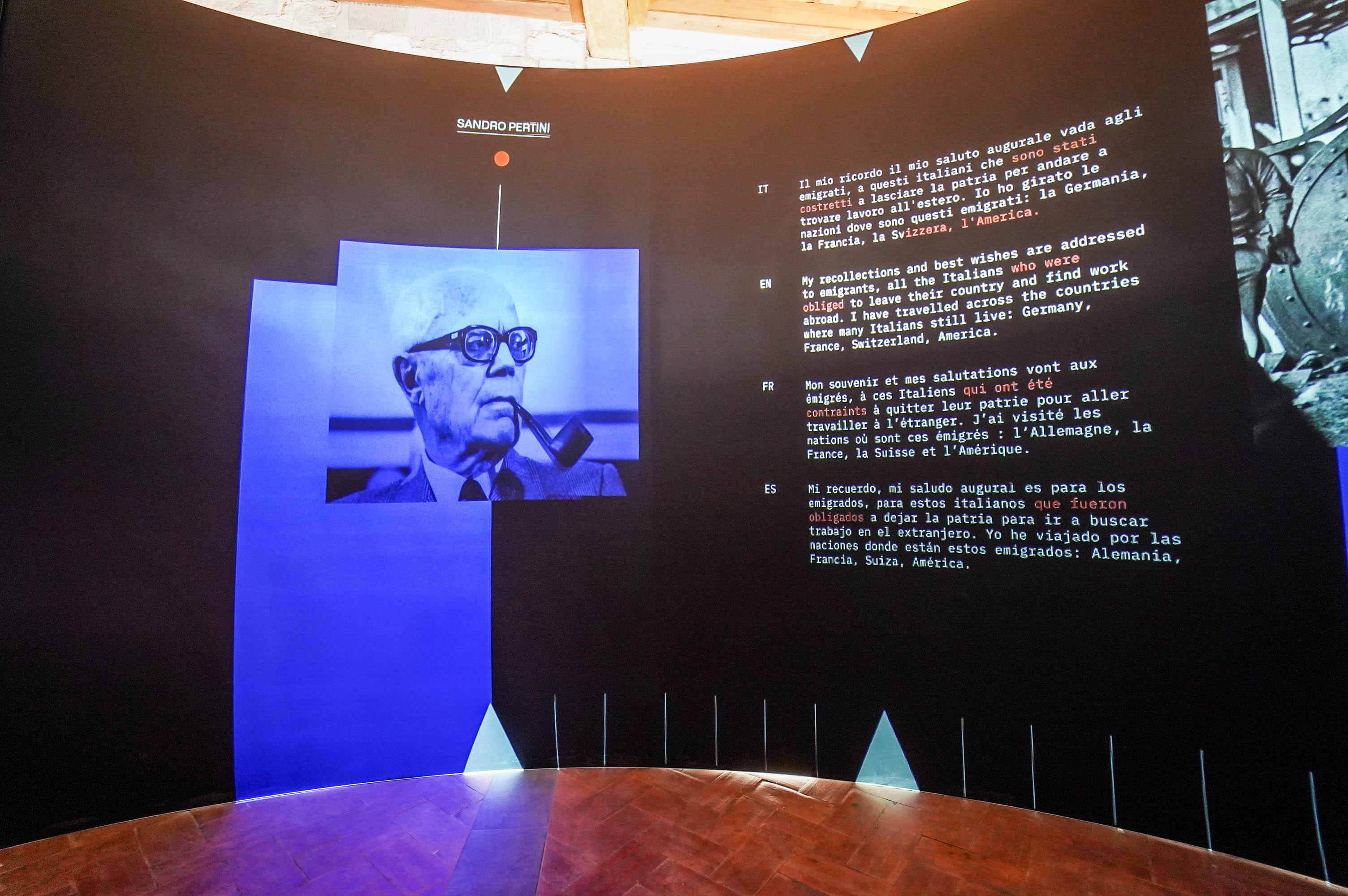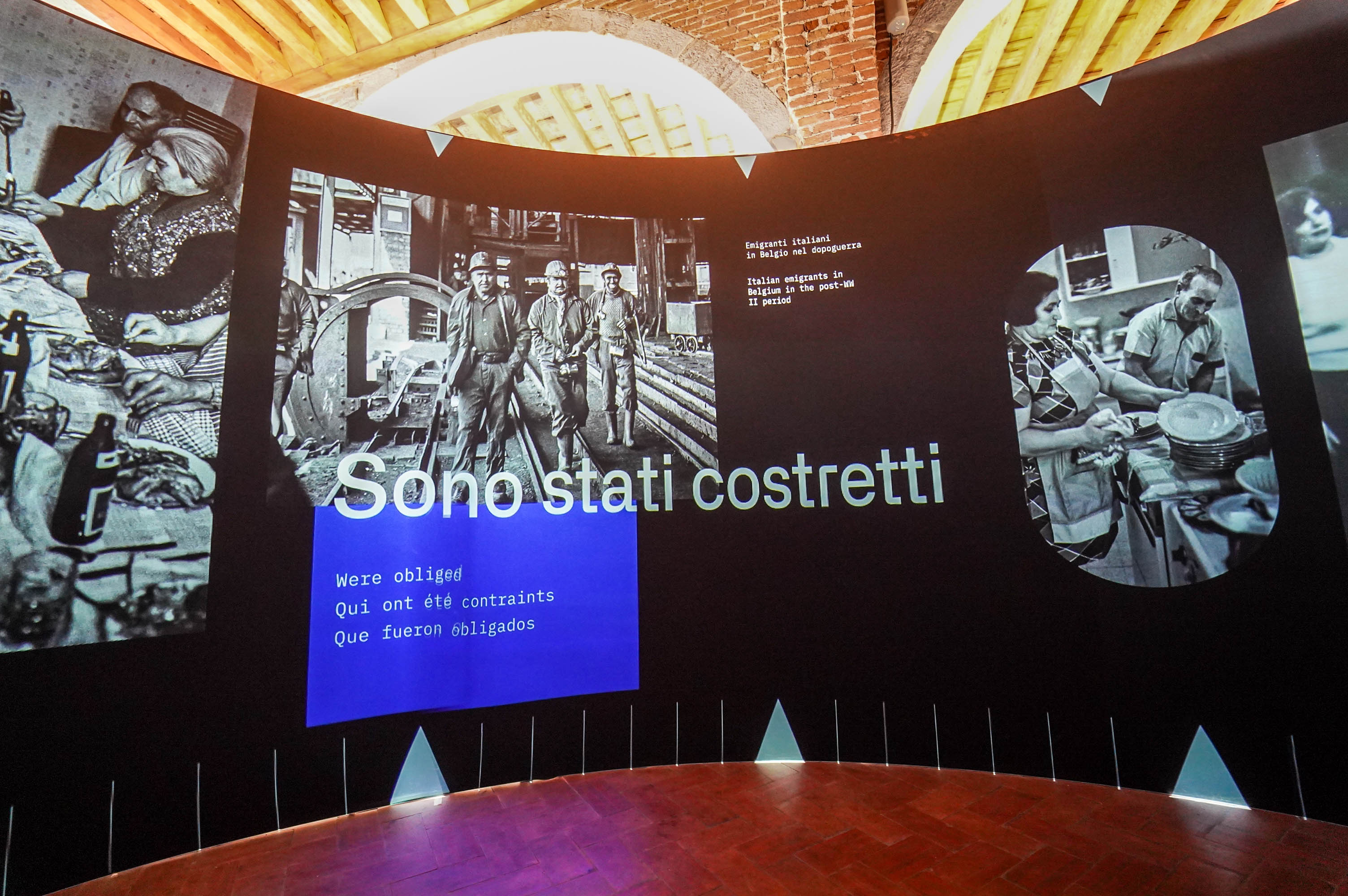A09 Emigration and politics
Italian unification took place when millions of Italians left the country: this was the period known as the “great emigration”, which lasted until the beginning of the First World War.
Parliamentary debate reflects the different interpretations of the phenomenon, seen sometimes as a problem and sometimes as a resource. The First World War represented a hiatus, after which, with the rise of the fascist regime, emigration was instrumentalised and channelled towards inland areas and the colonies. Migratory flows towards foreign countries resumed after the Second World War: the season of bilateral agreements between Italy and states welcoming Italian workers began.
Meanwhile, until the Seventies, the migratory movement from the south to the north of the peninsula grew, especially towards the cities in the industrial triangle (Milan, Turin, Genoa). From the mid-1970s, Italy reversed its migratory flow and went from being a country of emigration to one of immigration, a phenomenon that continues to this day, in parallel with the resumption of the outward movement of Italians, especially within the European Union, from the second decade of the new millennium.
Visitors are invited to walk along a timeline tracing the main steps of the political debate, the birth of legislation on migration and the effects on the lives of Italian men and women. They can then enter the “political theatre” where the different political stances over the decades are presented by an immersive multimedia installation.
Timeline
-
1861
The Kingdom of Italy is born. The Minister of the Interior pressed for the denial of passports to those who do not have the money to travel or to those who expatriate for reasons other than work.
-
1888
The Crispi Law of 30 December proclaimed the freedom to emigrate, regulated the activities of emigration agents and regulated the contract of maritime transport. Married women could leave but only with their husband's consent.
-
1901
With the “Legislative Provisions on Emigration” law, emigrants acquired rights. The General Commissariat for Emigration was set up and assistance offices and inspectors were created in the ports of departure.
-
1908
The first Congress of Italians Abroad was held in Rome, during which the right for emigrants to vote was demanded.
-
1919
The “Consolidated Law on Emigration and the Legal Protection of Emigrants”, abolished in 1928, introduces the red passport to expatriate for work.
-
1927
The General Emigration Commissariat was abolished and replaced by the General Directorate of Italians Abroad. The lexical choice reflected the desire to hide the economic problems that drove Italians to leave Italy.
-
1931
Fascism limited emigration abroad by directing it towards the colonies. The Commissariat for migration and internal colonisation was set up.
-
1938
Nazi Germany and fascist Italy stipulated the first agreement for the transfer of Italian labour: over 500,000 Italians travelled to the Reich between 1938 and July 1943.
-
1946
After the Second World War, internal and foreign migratory flows resumed and agreements between states, including France, began.
-
1948
The Constitution of the Italian Republic came into force on the 1st of January. Article 35 “recognises freedom of emigration, subject to the obligations established by law in the general interest, and protects Italian labour abroad”.
-
1960
Internal migration was towards Rome and the northern industrial triangle. Over 3,700,000 people moved.
-
1973
The migratory balance in Italy changed: for the first time, the number of people expatriating was lower than the number returning. The number of citizens from countries all over the world also increased.
-
1976
The Interministerial Committee for Emigration was created. Regions set up their own councils and committees to support their citizens living abroad.
-
1990
Italy signed the Schengen Agreements, allowing free movement of people between member countries. AIRE, the National Registry Office of the Italian population living abroad, was also established.
-
1992
The Maastricht Treaty marked the birth of European citizenship: there was freedom of movement in member countries. The possibility of acquiring Italian citizenship was extended to the descendants of emigrants.
-
2001
The vote was extended to Italian citizens living abroad. The Overseas Constituency is divided into four divisions: 1) Europe, 2) South America, 3) North and Central America, 4) Africa, Asia, Oceania and Antarctica.
-
2022
As of 1 January 2022, there were 5,806,068 Italian citizens registered with AIRE, 9.8% of the more than 58.9 million Italians resident in Italy.


